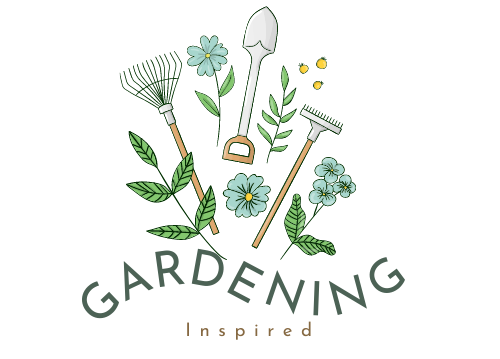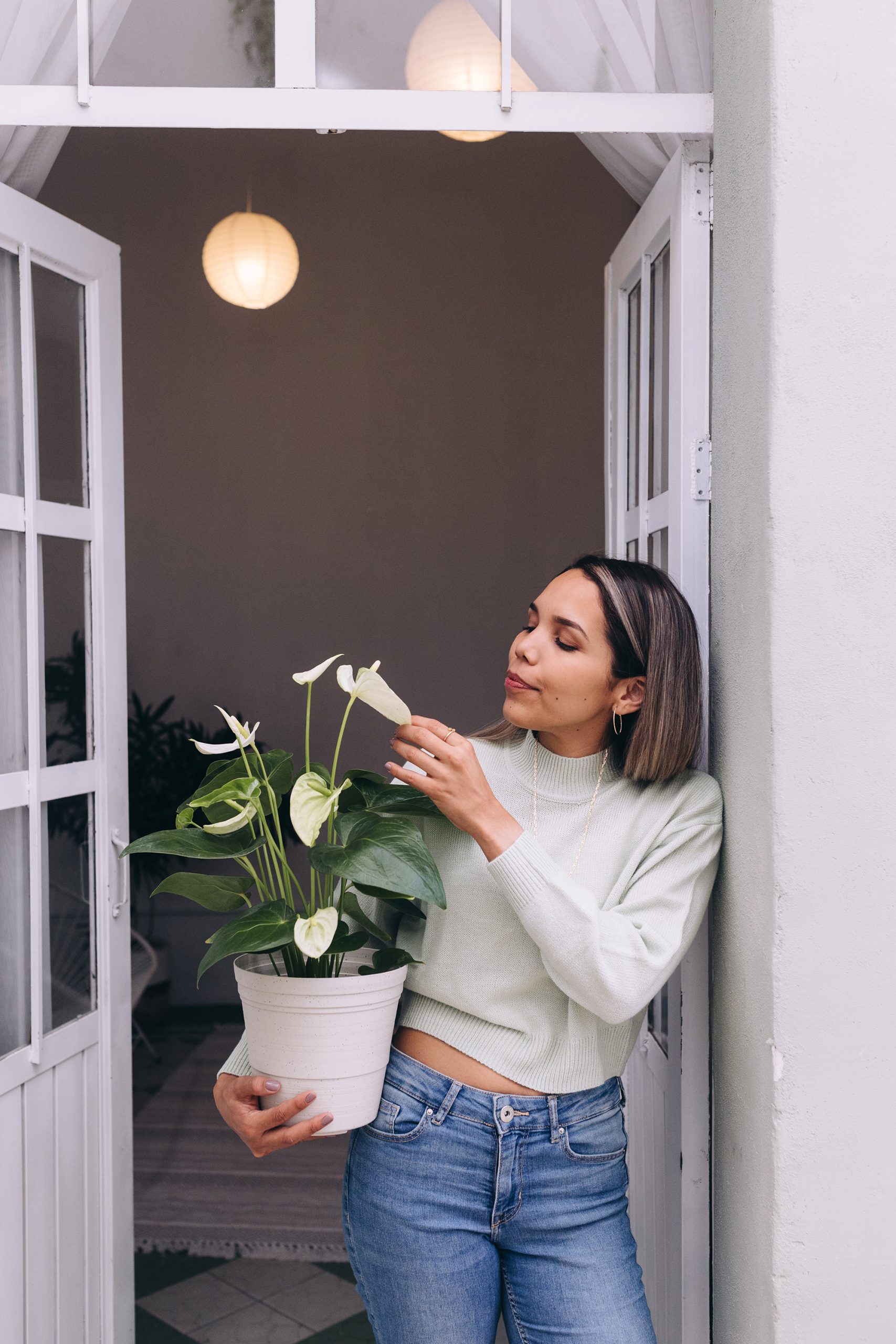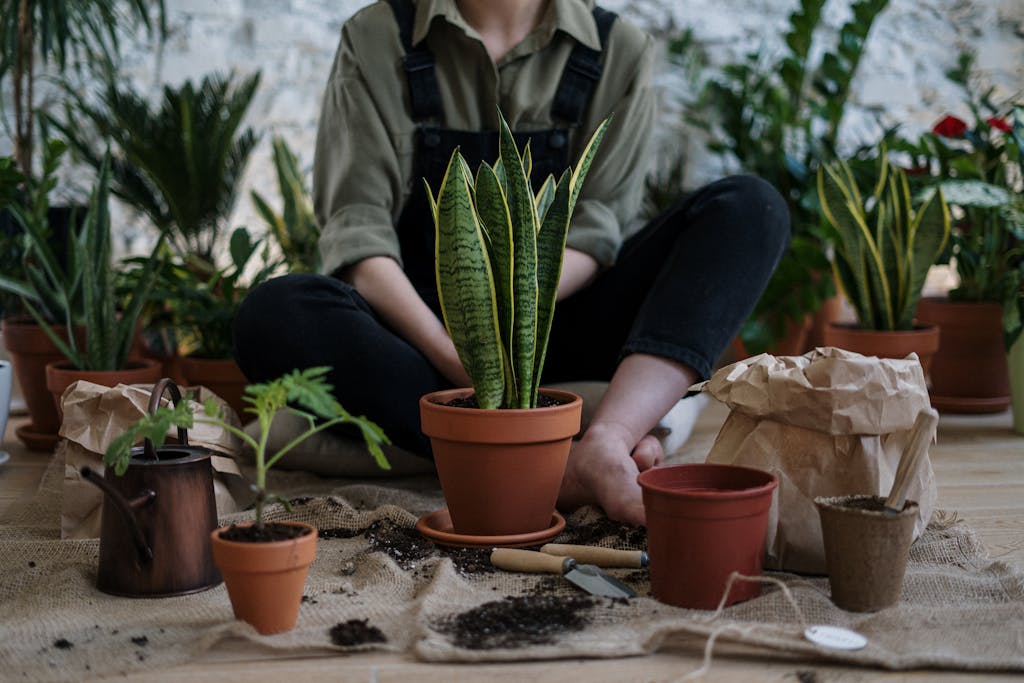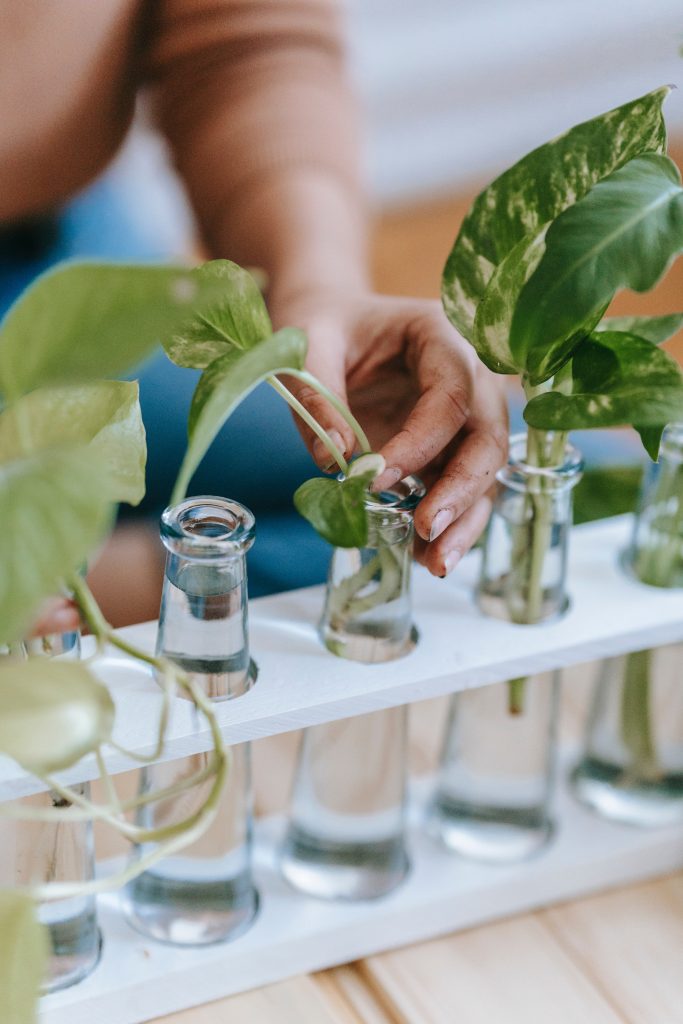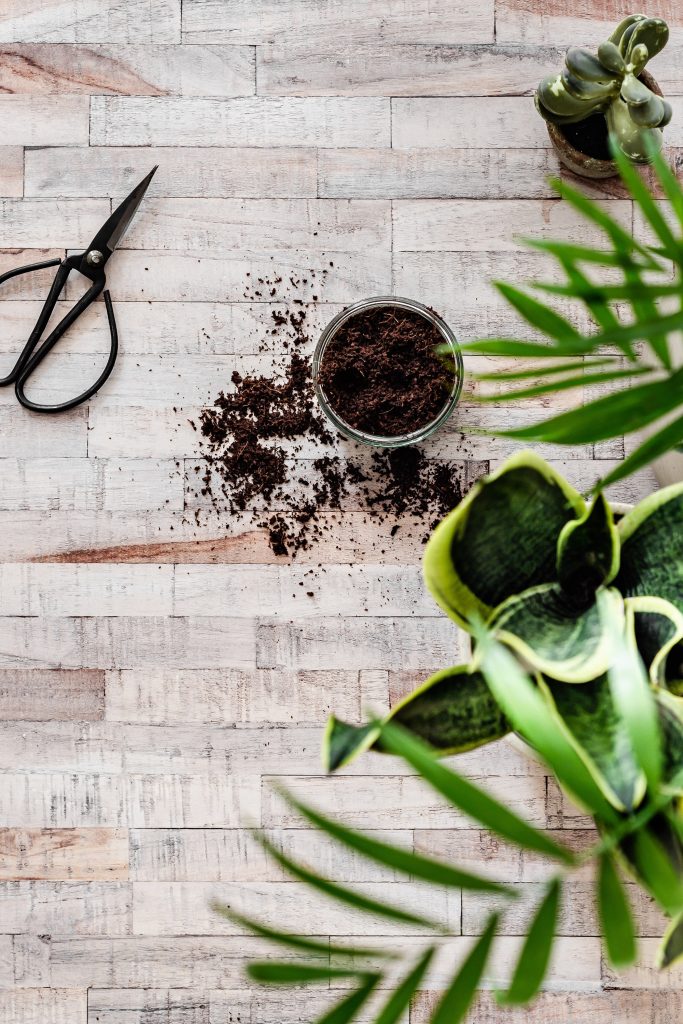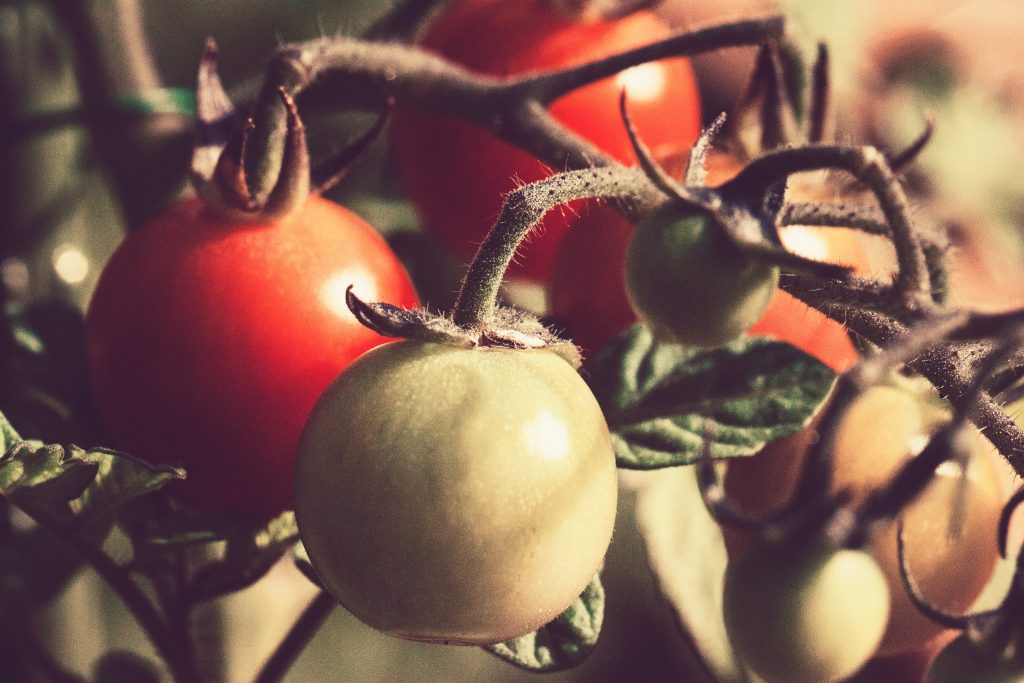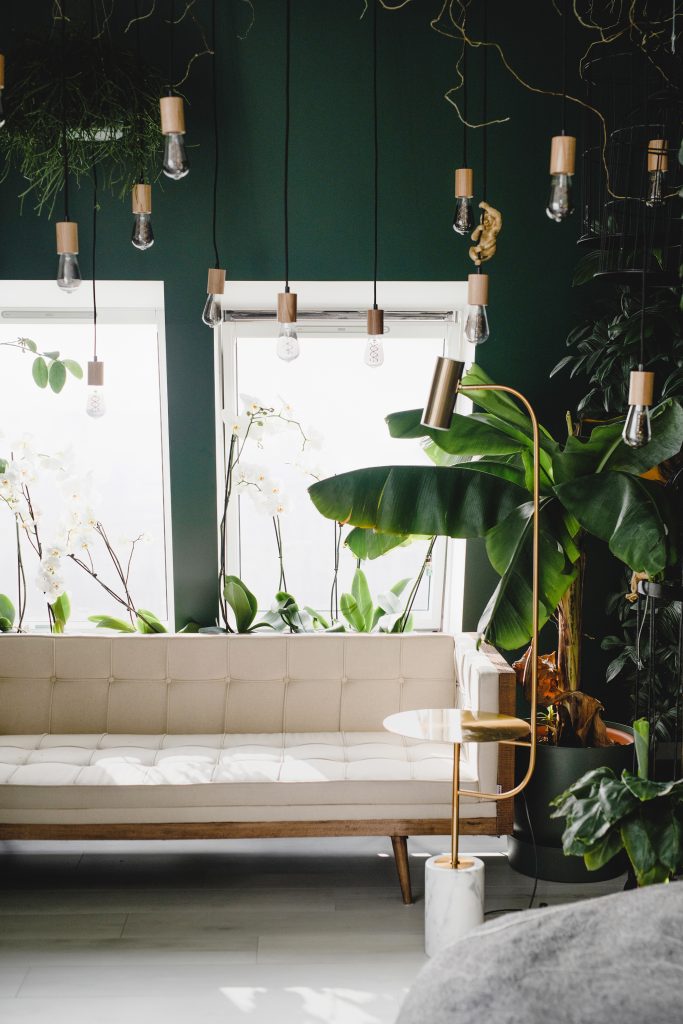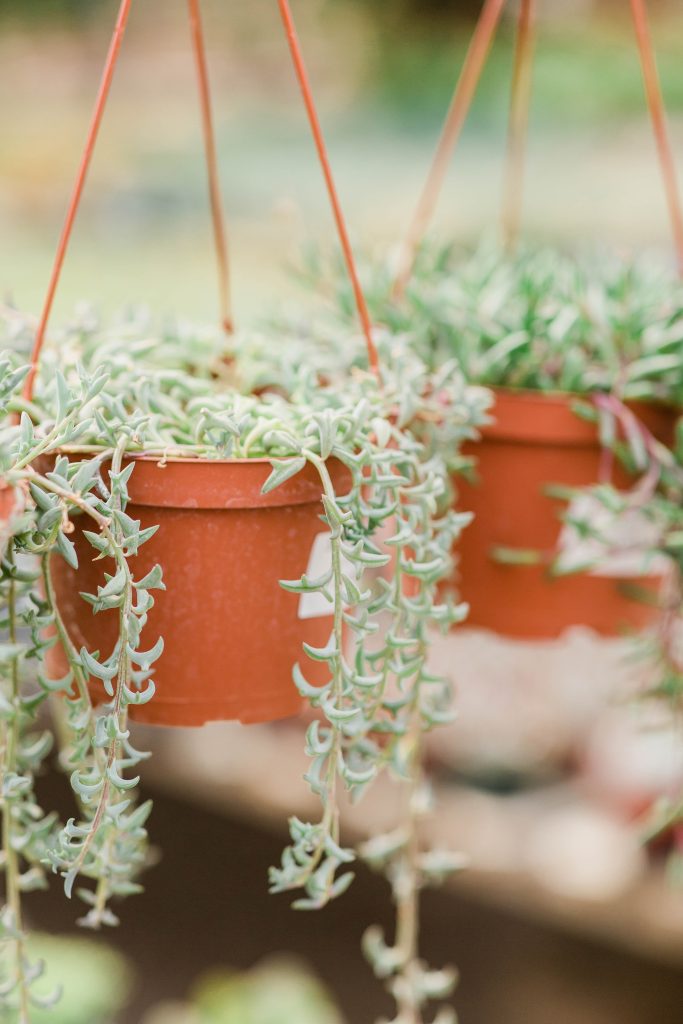A Guide to Surviving Your First Gardening Winter
Last year around October, I walked out to my little garden and noticed the first frost on the grass. My tomato plants were drooping, the basil looked completely done for, and I stood there thinking, “So… now what?”
If you’re new to gardening, winter can feel a little intimidating. Up until now, it’s been all about planting, watering, and watching things grow. But when the cold rolls in, it suddenly feels like your whole garden just… stops.
Here’s the thing, though winter doesn’t have to be the end of your gardening journey. It’s just a different season, with its own rhythm and routines. And once you know how to prepare, you’ll realize that winter is less about “losing” your garden and more about setting it up to thrive when spring comes back around.
In this guide, I’ll walk you through the basics of surviving your very first gardening winter, what to harvest, what to protect, and even how to keep a little greenery going indoors.
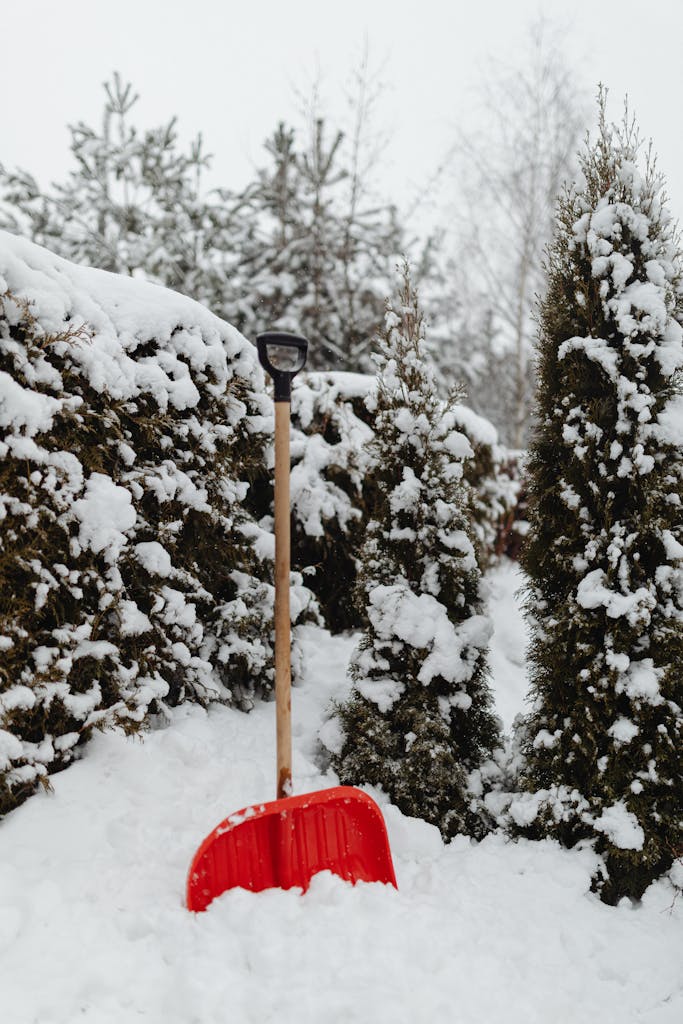
Step 1: Know What Survives the Cold
Not every plant throws in the towel when the weather turns chilly. Some actually seem to enjoy it. Kale, spinach, Brussels sprouts, and garlic all do better in cold weather than in the heat. A little frost even makes them sweeter. Herbs like thyme and rosemary can hang on too, depending on how mild your winters are.
This is where knowing your planting zone comes in handy. A quick search for your USDA hardiness zone will tell you which plants are built to handle winter where you live. That way you don’t waste energy trying to save plants that simply won’t make it.
Step 2: Harvest What You Can Before Frost Hits
The first time frost wiped out my basil, I wanted to cry. But here’s the silver lining: you can get ahead of it. Keep an eye on the weather and, when you know frost is coming, pick what you can. Tomatoes, peppers, herbs—bring them inside before they get zapped.
And don’t worry about “too much” harvest. You can freeze herbs in olive oil, dry them for later, or chop and store them in the freezer. Root veggies like carrots and beets can actually stay in the ground a little longer if you cover them with mulch.
Step 3: Give Plants a Little Extra Protection
Just because the air feels cold doesn’t mean your garden is done. With a little protection, many plants can hang on. Think of it like tucking them in for the night.
- Row covers or frost blankets can buy you a few extra weeks of growth.
- Old bedsheets or towels work in a pinch for unexpected cold nights.
- For raised beds, cold frames (basically mini greenhouses) are amazing.
If you’re working with potted plants, move them to a covered porch or up against the house for insulation. A little effort goes a long way in helping them survive.
Step 4: Move Tender Plants Indoors
This was the step I didn’t realize I could do at first. Some plants don’t need to die back in winter—you can just bring them inside. Basil, parsley, and mint do great on a sunny windowsill. Even small peppers can keep producing indoors if you’ve got enough light.
If you don’t have south-facing windows, a small grow light is worth the investment. I promise it’s not complicated—just set it up near your plants and let them soak up “sunlight” even when the days are short.
Step 5: Mulch Like You Mean It
Mulch is a gardener’s best friend in the colder months. Covering the soil with a thick layer of straw, shredded leaves, or wood chips helps insulate roots, prevents erosion, and even feeds the soil as it breaks down.
Think of it like giving your garden a blanket. It doesn’t make the cold go away, but it helps everything underneath stay a little more stable.
Step 6: Clean Up the Right Way
When everything starts to die back, it’s tempting to clear every last stem and leaf. But don’t. Some plant debris actually protects the soil and provides a habitat for pollinators and beneficial insects.
Here’s a good rule: remove diseased or pest-ridden plants (you don’t want those problems carrying into spring), but leave a bit of natural cover. It makes your garden healthier in the long run.
Step 7: Use Winter as Prep Season
Once the outdoor chores are done, you’ve got a whole season to get ahead.
- Plan your next garden layout.
- Order seeds early (the good ones sell out fast).
- Start a compost bin if you don’t have one.
- Sharpen tools, clean pots, and repair beds.
It might not feel as exciting as planting, but this prep work makes spring a million times easier.
Step 8: Try Indoor Gardening
If you’re like me and get twitchy without something green to tend, bring gardening inside for the winter. Herbs are the easiest choice, but you can also grow microgreens, lettuce, or even small tomato varieties indoors with the right setup.
The bonus? You still get fresh food in the middle of winter, which feels like a treat when everything outside is frozen.
Step 9: Embrace the Rest Season
This might be the hardest part for new gardeners: winter is supposed to be quieter. Your soil rests. Your plants rest. And honestly, you should too. It’s part of the cycle.
Instead of feeling like you’re “failing” because nothing’s growing, lean into the downtime. Try new recipes with your preserved harvest. Read gardening books. Dream about your spring planting. Winter is where the planning happens so growth can come back strong.
Step 10: Keep Learning and Stay Inspired
I’ll admit—by January, it’s easy to forget why you started gardening in the first place. The ground is hard, the sky is gray, and your garden beds look like empty boxes. But this is actually the best time to soak up new knowledge.
Read a gardening blog you’ve never followed before. Join a Facebook group full of other gardeners. Pick up a book about permaculture or seed starting. Every little tip you learn in winter makes you more confident when spring comes.
Common Beginner Questions
Do I really have to dig everything up before winter?
Not necessarily. Hardy plants like kale and garlic can survive outdoors. Tender plants like basil and peppers do better if you move them indoors or harvest them.
Can I keep gardening outside in the middle of winter?
If you live in a mild climate or use cold frames, yes! Otherwise, most people switch to hardy greens or bring things indoors.
What about composting in the cold?
It slows down in winter, but it doesn’t stop. Keep adding scraps and you’ll have compost ready when you need it.
What’s the easiest thing to grow inside?
Herbs, hands down. Basil, mint, and parsley do great indoors with light and a little care.
Wrapping It Up
Your first gardening winter can feel like a big unknown. Everything looks different, and it’s easy to assume you’ve done something wrong when plants die back. But the truth is, winter is just part of the cycle.
Some plants will surprise you and keep growing. Others will rest underground until spring. A few will move inside with you. And meanwhile, you’ll have a season to recharge, plan, and get excited about what’s coming next.
So instead of dreading winter, use it. Protect what you can, bring a few favorites indoors, and let the rest of your garden rest. When spring rolls back around, you’ll feel ready—and your garden will too.
